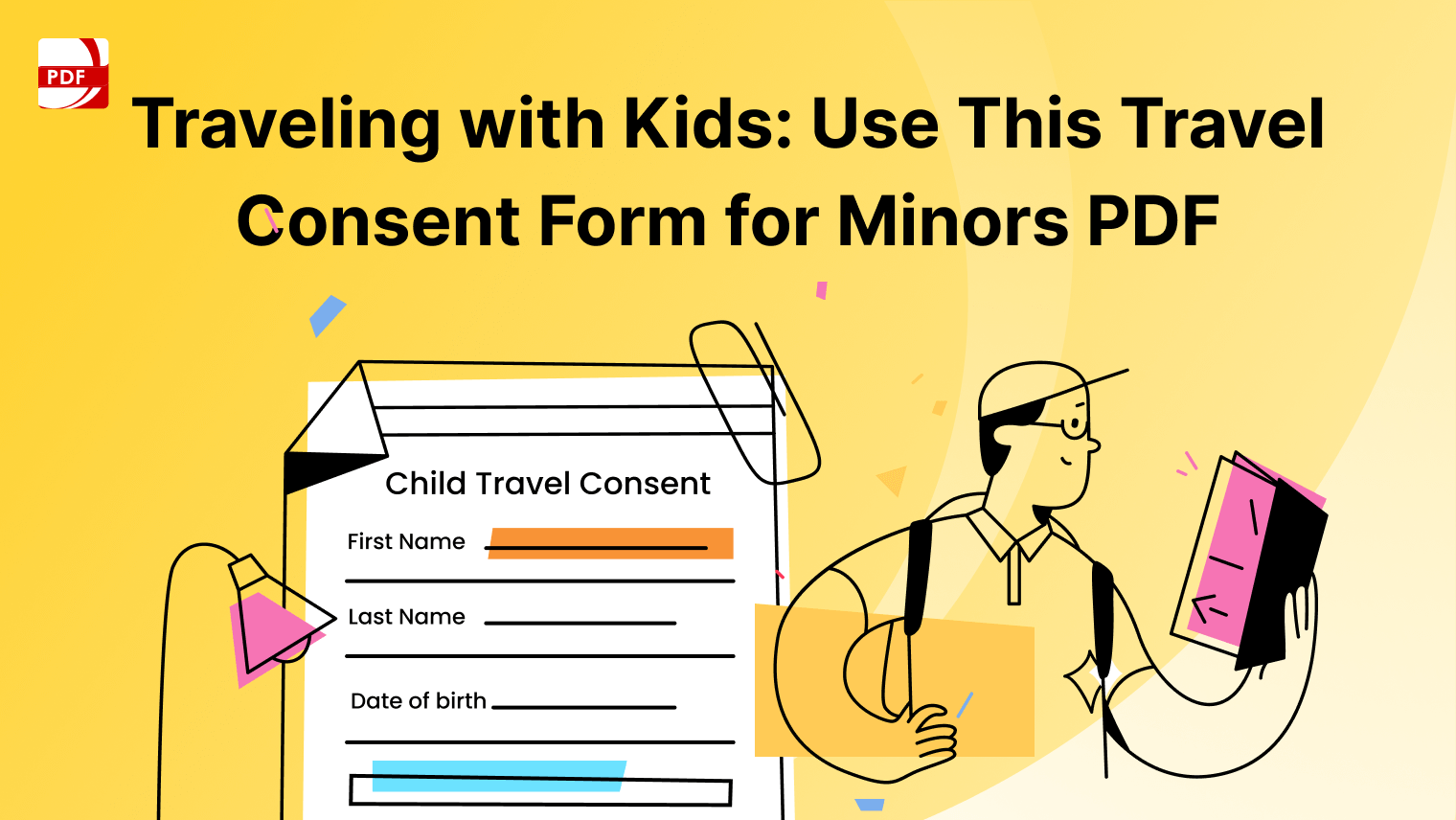
Image source: Wikipedia
- Book Title: The Catcher in the Rye
- Author: Jerome David Salinger
- Year Published: July 16, 1951. Please note: As The Catcher in the Rye was recently released, its copyright must expire before a legal and free PDF version is available.
- Goodreads Rating: 3.80/5
- Availability: Buy the PDF from Google Play Books.

After you have purchased The Catcher in the Rye, follow these instructions to download it from Google Play Books in PDF format:
- Click on the "Books" tab at the top of your screen.
- Click on the "Your Library" link beneath that.
- Find your book and click the icon with three dots beneath the cover image.
- Select "Export" and then "Export as PDF".
How to Read The Catcher in the Rye PDF
Embark on an unforgettable journey through the pages of "The Catcher in the Rye" with the ultimate companion by your side - PDF Reader Pro. Dive into Holden Caulfield's world with ease and comfort, as you explore the depths of his turbulent mind and the complexities of adolescence.
Get set to delve into the vivid narrative of Holden Caulfield's journey in "The Catcher in the Rye".
Our Review of The Catcher in the Rye
J.D. Salinger’s "The Catcher in the Rye" is a timeless exploration of adolescence, alienation, and the search for identity. The novel’s protagonist, Holden Caulfield, offers an intimate and confessional narrative that captures the turbulence of teenage disillusionment in the post-World War II era.
Through Holden’s eyes, readers are drawn into his struggle with the complexities of growing up. His sharp critique of the adult world as “phony” underscores his yearning to preserve innocence, epitomized in his dream of being “the catcher in the rye,” a protector of children from the corruption of adulthood.
Set in 1950s New York City, the novel’s vivid backdrop reflects a society in transition, grappling with cultural and social shifts. Salinger’s rich descriptions of the city and its inhabitants highlight Holden’s inner turmoil and his struggle to find authenticity in a rapidly changing world.
Despite its controversial history due to frank language and themes, "The Catcher in the Rye" remains a staple in literature classes worldwide. Its raw honesty and exploration of universal emotions make it a book that resonates across generations.
"The Catcher in the Rye" is more than a coming-of-age story, it’s a poignant reflection on the challenges of adolescence and the search for meaning in an often-confusing world. Its ability to speak to the struggles of youth with unflinching authenticity ensures its enduring relevance.
"The Catcher in the Rye" is a must-read for anyone seeking a deeper understanding of adolescence, identity, and the complexities of human nature.
If you loved "The Catcher in the Rye", why not explore some of the top BookTok recommendations? From reflective coming-of-age tales to thought-provoking literary classics, you’re sure to find a story that resonates with you. Happy reading!


 Free Download
Free Download Free Download
Free Download








 Support Chat
Support Chat